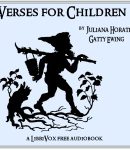
Verses for Children
This is a volume of verses by JHG Ewing. Ms. Ewing was best known as an author of short stories and fairy tales, but this is a volume of rhymes for children. – Summary by Carolin [chương_files]
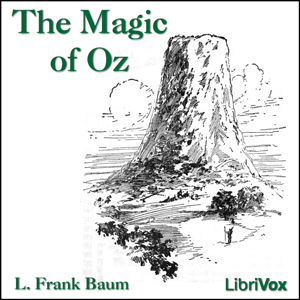

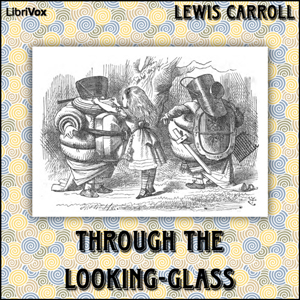


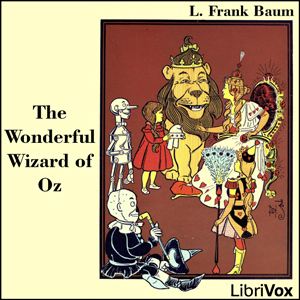
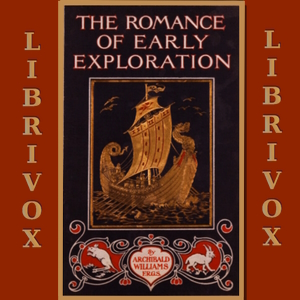
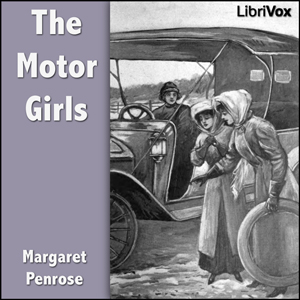
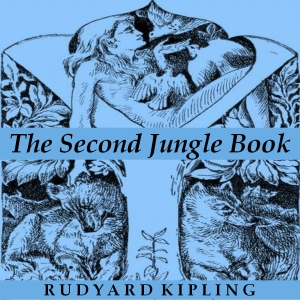
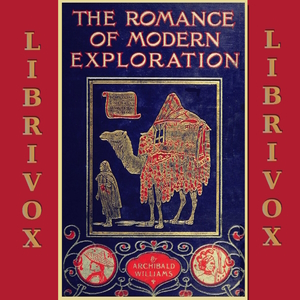
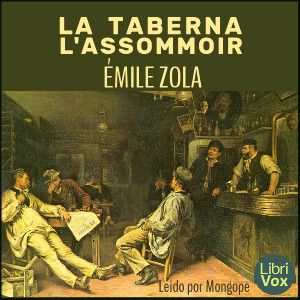
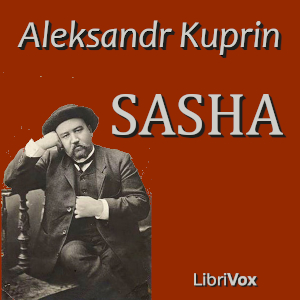
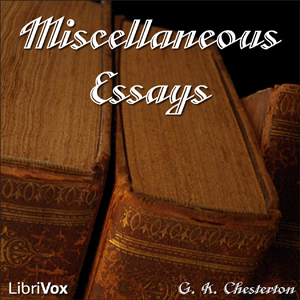
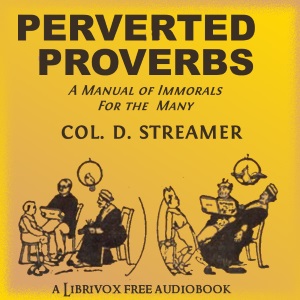
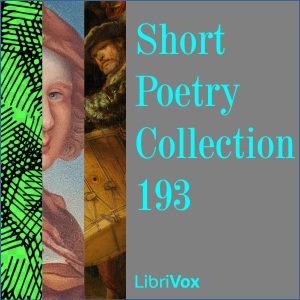


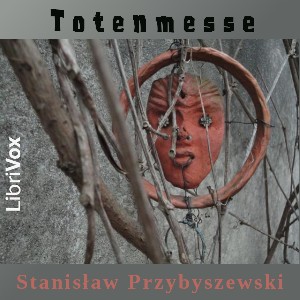

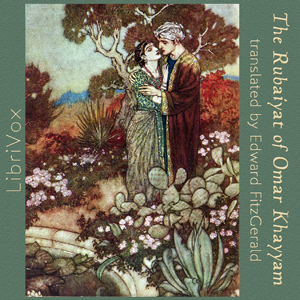

This is a volume of verses by JHG Ewing. Ms. Ewing was best known as an author of short stories and fairy tales, but this is a volume of rhymes for children. – Summary by Carolin [chương_files]
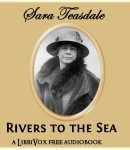
This is Sara Teasdale’s third published collection of poetry. The collection was published in 1915, and contains the famous poem “I Shall Not Care”, the melancholy and dark tone of which is often connected with her suicide in 1933. – Summary by Carolin [chương_files]
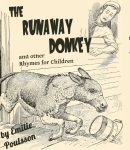
This volume contains 21 poems for children by Emilie Poulsson. In her own words, “In the belief that such rhymes as are herein offered gratify and increase in children both the love of animals and the sense of humor, this new volume is sent forth not only to give pleasure, but to contribute what it may to the fostering of these desirable traits.” (Preface) [chương_files]

This is a volume of nature poetry by Canadian poet Archibald Lampman. Lampman is considered one of the most distinguished poets of his time, and is still widely read today. – Summary by Carolin [chương_files]
“In these days,” writes the renowned Bahá’í scholar, Mírzá Abu’l-Fadl, “which are the latter days of 1911, A. D. and the early days of 1330 A. H., I have seen a curious article which astonished me. What did I see? I find that one of the missionaries of the Protestant sect, who accounts himself among the learned men of the twentieth century, a helper of the pure religion of Christ and one of the civilized and cultured occidentals, by name, Peter Z. Easton, has been so provoked by jealousy at the universal spread of the heavenly word of His Holiness Abdul-Baha throughout vast expanses of Europe that he has trespassed the limit of courtesy and humanity and published an article replete with execration and calumny in the magazine “Evangelical Christendom.” …Briefly, as this servant [Mírzá Abu’l-Fadl] carefully perused and weighed the above mentioned article, it was found that Peter Z. Easton, in his own supposition, has clung to “four proofs” in opposing the great Bahai Cause. We will therefore mention these four points and show the falsity of his fanciful ideas in each instance.” A number of works were written in the 19th century to defend the Bábí and Bahá’í Faiths from attacks made by Muslim scholars and to demonstrate the spiritual proofs and evidences of the Revelations of the Báb and Bahá’u’lláh (notably the “Seven Proofs” of the Báb and the “Book of Certitude” of Bahá’u’lláh) . As the Bahá’í Faith spread to Europe and America in the late […]
The Sunny Side is a collection of short stories and essays by A. A. Milne. Though Milne is best known for his classic children’s books, especially Winnie The Pooh, he also wrote extensively for adults, most notably in Punch, to which he was a contributor and later Assistant Editor. The Sunny Side collects his columns for Punch, which include poems, essays and short stories, from 1912 to 1920. Wry, often satirical and always amusingly written, these pieces poke fun at topics from writing plays to lying about birdwatching. They vary greatly in length so there is something for everyone. [chương_files]
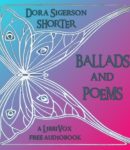
This is a volume of poetry by Dora Sigerson Shorter. This volume contains seven of Ms. Shorter’s Ballads, a series of miscellaneous poems, and finally two narrative poems. While the topics of the poems and ballads are all unique, many of them share the atmosphere of a fairy tale. – Summary by Carolin [chương_files]

This is a very short volume of poems by Canadian poet Kate Seymour MacLean, containing only twenty poems. – Summary by Carolin [chương_files]
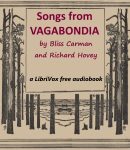
This is the famous collection “Songs from Vagabondia”, a collaboration between Bliss Carman and Richard Hovey, which at once catapulted both poets to extensive fame. The poems in this volume are widely read until today, as they carry a lot of meaning but convey this in a light tone and quick rhymes. – Summary by Carolin [chương_files]
Culture and Anarchy is a series of periodical essays by Matthew Arnold, first published in Cornhill Magazine 1867-68 and collected as a book in 1869. The preface was added in 1875. Arnold’s famous piece of writing on culture established his High Victorian cultural agenda which remained dominant in debate from the 1860s until the 1950s. According to his view advanced in the book, “Culture […] is a study of perfection”. He further wrote that: “[Culture] seeks to do away with classes; to make the best that has been thought and known in the world current everywhere; to make all men live in an atmosphere of sweetness and light […]”. His often quoted phrase “[culture is] the best which has been thought and said” comes from the Preface to Culture and Anarchy: The whole scope of the essay is to recommend culture as the great help out of our present difficulties; culture being a pursuit of our total perfection by means of getting to know, on all the matters which most concern us, the best which has been thought and said in the world, and, through this knowledge, turning a stream of fresh and free thought upon our stock notions and habits, which we now follow staunchly but mechanically, vainly imagining that there is a virtue in following them staunchly which makes up for the mischief of following them mechanically. [chương_files]
Copyright © 2024 | FreeAudible